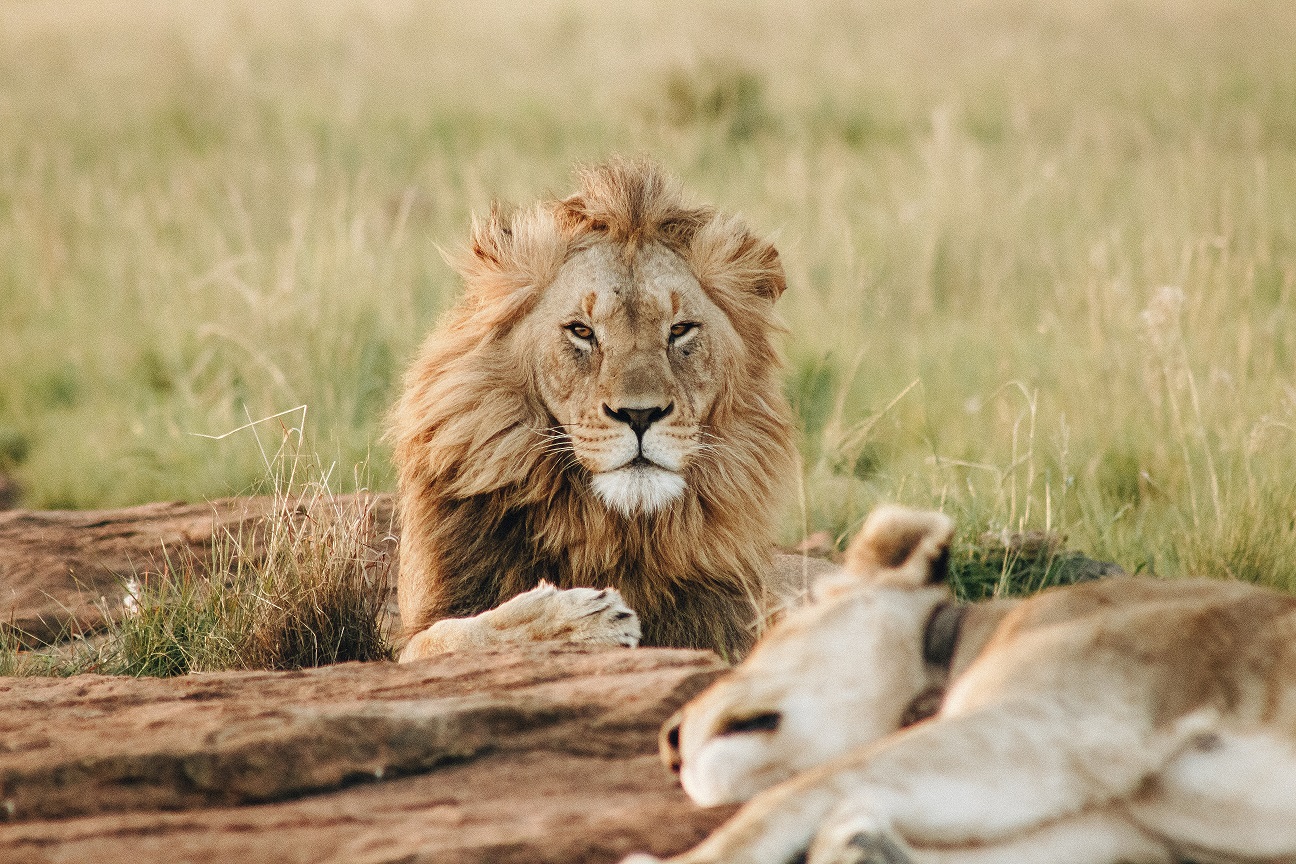On-screen animals getting a small piece of the royalty pie thanks to Data61


At the Cannes film festival earlier this year, a conservation initiative aimed at giving back to the animals captured for film and television was announced by Australian production company Finch, backed by the United Nations Development Programme (UNDP).
The Lion's Share sees advertisers contribute 0.5 percent of their media spend to the fund for each advertisement they use featuring an animal.
In just four months, the initiative has gained the support of David Attenborough as its ambassador.
Data61, the innovation arm of the Commonwealth Scientific and Industrial Research Organisation (CSIRO), has also jumped on board the initiative as Finch's science and technology partner.
"[The Lion's Share] is a great example of using machine learning and artificial intelligence not just for productivity gains, but to create new value that wasn't possible before," Data61 chief Adrian Turner told D61+ LIVE in Brisbane on Tuesday.
"What they came up with -- what the question was they asked -- was how do we give animals rights for appearing in TV commercials and films. It sounds like a really simple idea, but in fact it's only made possible by computer vision and machine learning to automatically recognise the animals in the film."
According to Finch, animals are in 20 percent of all advertisements, yet they do not always receive the support they deserve. What The Lion's Share does with the funds collected is turn that royalty stream back to protect the habitats of the animals that are appearing on screen.
The initiative is hoping to generate $100 million in three years from these royalties, with Turner saying the funds will be used to protect the habitats through programs such as CSIRO's Amazon Rainforest Biodiversity Monitoring.
"We're also working with smart sensors to protect villagers from elephants, so they omit a sound and if the perimeter is breaches, every sensor knows that sound is no longer effective in that context, so it experiments with new sounds," Turner explained.
Concerned that Australia is lagging its global peers when it comes to innovation, Turner said it's a great example of an Australian data-driven initiative underpinned by machine learning.
Disclosure: Asha Barbaschow travelled to D61+ LIVE as a guest of Data61
RELATED COVERAGE
Dimension Data and Cisco extend Connected Conservation efforts in Africa
Phase two of the goodwill Internet of Things project from both tech giants will see conservation efforts boosted in South Africa and extended into Zambia, Kenya, and Mozambique.
Wildlife biologists use Intel drones to spy on polar bears
Intel's Falcon 8+ drone launched from research boats despite steel interference.
Wiper using wireless collars to stop elephant poaching in Africa
The wireless anti-poaching collar for vulnerable animals in Africa combines tracking and gunshot detection technology to help authorities fight the battle against poaching in real-time.
WWF spotlights the tech that is conserving the planet(TechRepublic)
Jon Hoekstra, chief scientist of WWF, discussed how new technologies are playing a central role in global conservation efforts at SXSWEco.
Data61 says Australia is still missing out on innovation opportunity
Innovation is a AU$315 billion opportunity, and Data61 is still trying to convince Australia to take advantage of it.